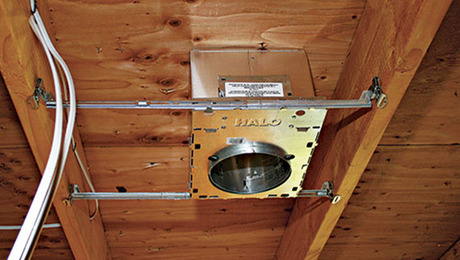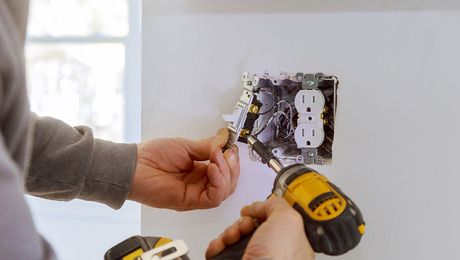The New Age of Photovoltaics
Increased efficiency and better incentives are driving builders and homeowners alike to a cleaner source of electricity.

Synopsis: Today’s photovoltaics have come a long way since the solar-energy heyday of the late 1970s and early ’80s. Creating electricity from sunlight, photovoltaic panels can be big and strong enough not only to provide a household’s power but also to return excess electricity to the power grid for others to use. Fine Homebuilding contributing editor Scott Gibson takes a look at the current state of photovoltaic energy, including system costs and efficiency.
Solar-generated electricity represents just a tiny fraction of the power consumed by U.S. households, and to Paul Kopper, that sounds like a big opportunity. The Michigan airline pilot turned developer is putting the finishing touches on plans for a 42-lot subdivision in which every house comes with its own photovoltaic roof.
Kopper envisions tight, well-insulated houses ranging in size from 1800 sq. ft. to 3000 sq. ft. with geothermal heating and cooling and roof shingles that make electricity. Even in Michigan, not the sunniest of states, the roof will give homeowners a measure of energy independence they’ve never had before.
Kopper is among the 15,000 or so builders and homeowners who this year will take advantage of state subsidies, federal tax credits, and steadily improving technology to turn southfacing roofs into electricity-generating stations. Most will remain tied to their local electric utilities, generating some but not all the power they need. And while the systems remain expensive, manufacturers say annual sales are growing at a double-digit clip as solar modules become more sophisticated and more efficient.
How do these things work?
A photovoltaic cell is a deceptively simple device with no moving parts that generates electricity directly from sunlight. Although there are now a variety of types, almost all of them are based on silicon, an abundant element found all over the globe. When sunlight strikes high-grade silicon that has been arranged in a photovoltaic cell, electrons break free to create electrical current.
Silicon is made into solar cells in several ways. The two most common are to slice crystalline silicon into thin wafers and encapsulate it inside a glass-and-polymer sandwich; or to apply an amorphous film (also known as thin film) to a substrate.
Researchers also are able to coax electricity from a variety of materials other than silicon. These newer compounds promise to be more efficient, but for the time being, silicon in one form or another is still king.
Photovoltaic devices date from the 1950s, but the efficiency of cells—the amount of power they generate as a percentage of solar potential—has risen steadily. The highest efficiencies come from monocrystalline silicon (silicon sliced from a single grown crystal). For commercially available residential systems, that’s about 18% or a little better. The efficiency of most crystalline-silicon cells is closer to the midteens, while the efficiency of thin-film products is lower, roughly 10% or less.
If those numbers seem awfully low, consider that the overall efficiencies have more than tripled over the past 30 years. In fact, researchers can make cells that are 40% or more efficient, but they’re not economically feasible for mass production, at least not yet. Still, the future holds some tantalizing possibilities for both greater efficiency and lower costs.
Efficiencies directly affect the amount of square footage required to generate a given amount of power. But that’s not how you’ll go shopping for a PV system. What most of us would be looking at is the rated capacity, or output, of a solar cell or panel—that is, how much juice the system can produce. Output is measured in watts, but numbers can be deceiving.
For more photos and information on the new age of photovoltaics, click the View PDF button below.

























